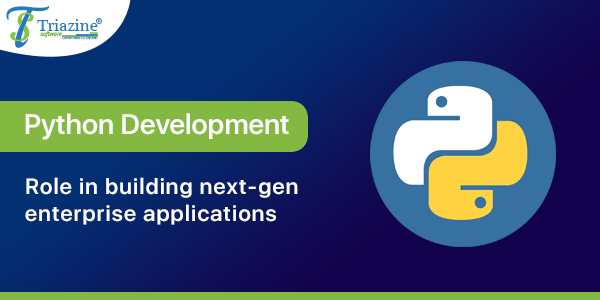Is There
any right pricing strategy for mobile app development?
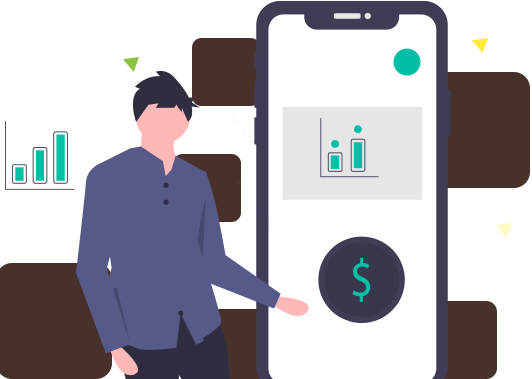
No phrase can appropriately describe the accelerating mobile app development market! Definitely, it is on a consistent boom. But that alone cannot detail the tens of thousands of mobile apps on the Play Store and the App Store.
Majority people rely, depend, and require an app for minor chores., spending an excessive amount of time on it. That said, mobile apps have become a quintessential part of our lives, and we cannot live a day without them.
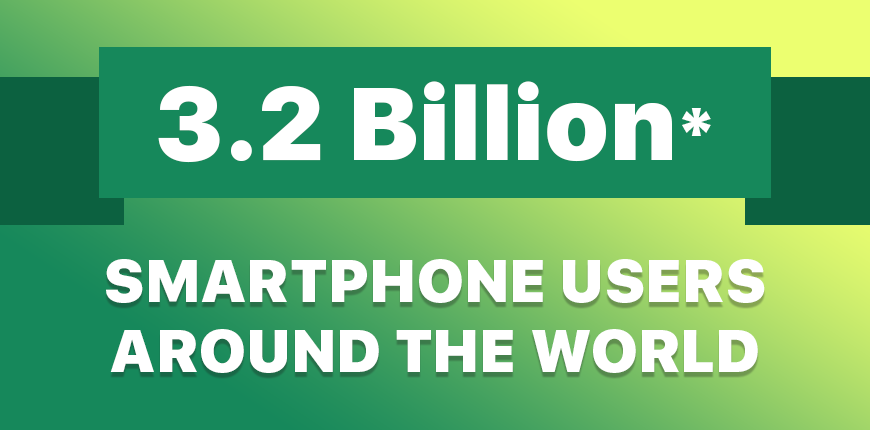
More so, with the magnanimous 3.2 billion smartphone users, it is no wonder that mobile apps will be a trend in the foreseeable future.
So, before we head into a functional pricing strategy for a mobile app development company, let’s understand why mobile apps are such a big deal!
What do Mobile Apps matter?
Did you ever wonder what drives a user to use or download an app?
Mobile apps are valuable to consumers for a variety of reasons. It might be because they solve a particular problem or because they add convenience to their routine. If statistics are believable enough, a person checks their phone every 12 minutes. Moreover, 10% of people check their phones every four minutes.
We use phones, tablets, laptops, and all the other devices while we’re eating, in bed, or maybe even in our cars. Even so, you might be reading this article through an app. That is why people spent 88% of the mobile time on apps.
There is no one reason why mobile application development matters today, but a solid compilation of several features.
Now, all these features might interest you to own an app or develop one, but there is one thing you must know: 9999 in 10000 apps fail to make it even remotely big in the market.
An app should solve a user’s problem, provide them with a comfortable solution, integrate with modern technology, and ensure information privacy and safety.
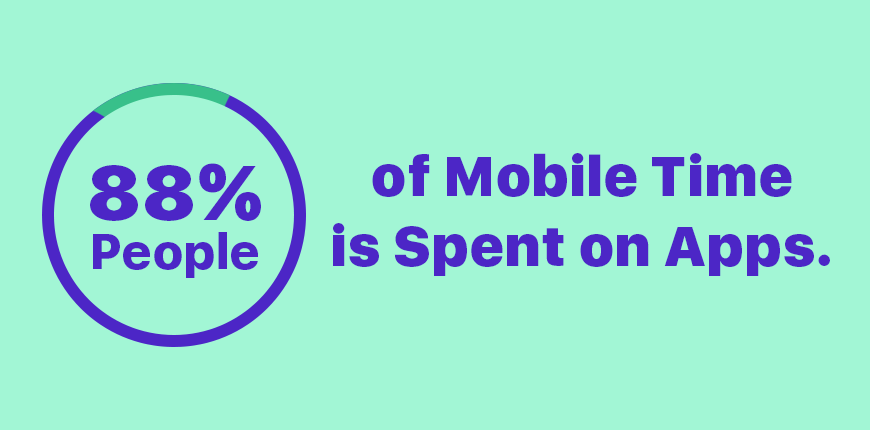
True: mobile apps do matter, but if you don’t know how to set your claim and compete in this multi-billion-dollar industry, you will not survive.
What is a mobile app development pricing strategy?
Pricing strategy for mobile app development refers to the way you make money from an application. Every app has a business model backbone. And, it is human to think of making money from an application. Initially, you might launch your app as a minimum viable product, but having a pricing strategy secures its lifecycle and robustness.
Now, it might seem that pricing an app is a simple process., it is not!
Understanding the user psychology and behavior towards an app price is not easy to master. Once you know how your users will respond to a particular pricing strategy, your apps will make their way into the consumer alleys. And if you aren’t able to price the app, you can always hire a mobile application development company for their incredible experience.
Moreover, with the changing dynamics of the App Store’s pricing models, evaluating the price of modern apps is very different from the erstwhile strategies.
That said, today, there are four different pricing methods: free, freemium, paid, and paymium.
The types of pricing strategies for Mobile App Development Company
As mentioned before, there are four different types of mobile app pricing strategies. These include:
Free:
Who doesn’t like free apps!
Since users do not get premium features of an app free these days, it is always a pleasant experience when an entire application is labeled free.
The free model works fine if you want to attract several customers to your app, but then., how will you make money out of it?
Well, if you list your app as free, then earning bucks should not be your only goal.
That said, there are two types of free pricing strategies:
Completely free: These apps are not money-makers but serve as an addition to an already established product.
So, what does this app do?
It actually drives people to other revenue streams.
For instance, your app can educate people about the coupons or discounts on your website, intriguing them to that side of your online road.
Some examples of such apps include banking services, mobile wallet apps, or customer service apps. Such mobile app development services concentrate on informing about additional offers or any new credit card scheme. These services make money at the bank even if the app doesn’t come at a price tag.
In-app advertisements: Such apps use their platform for ads and make money out of it. Advertisers can rent a space on the app, and people see those apps. But, these apps are still free to download and use. Examples include gaming apps that display too many third-party apps on their interface.
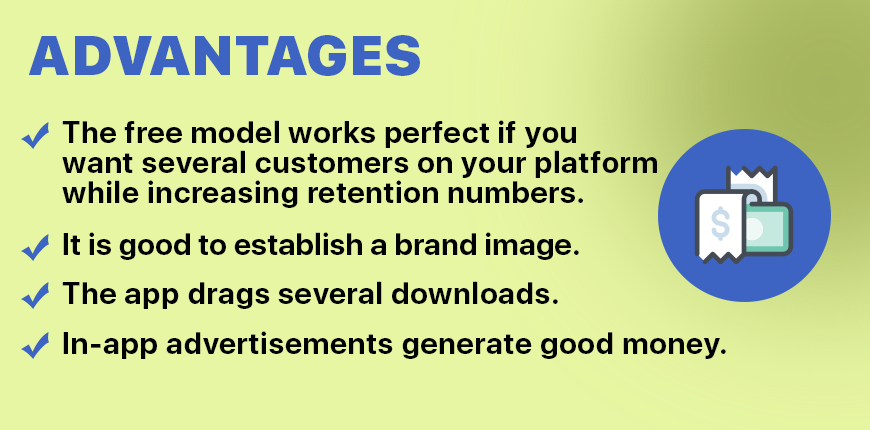
Advantages:
-
The free model works perfect if you want several customers on your platform while increasing retention numbers.
-
It is good to establish a brand image.
-
The app drags several downloads.
-
In-app advertisements generate good money.
Disadvantages:
-
The money earned correlates to the download numbers. So, ensure a multitude of downloads to make good money.
-
Your customers might not like apps stuffed with too many ads.
Freemium:
A freemium pricing model resembles a free and paid pricing strategy. There are some features available for free and for the others, you’ll have to pay. Mostly the premium features need extra pay.
That said, there are three main types of freemium apps:
-
The app offers basic features and functionalities for free, whereas you must pay to continue using it.
-
The app is free but contains ads, and you might have to pay a one-time fee to have the ads removed.
-
You can download the app for free, but if you want to move up the ladder and access premium features, you might need to spend money or use the in-app currency. This form is popular with gaming apps.
Advantages:
-
Attract several users and organic traffic
-
Users can pay for specific features when they’re willing to do it
-
Too many downloads
Disadvantages:
-
Proper management of updates is necessary
-
Lack of premium features might irritate users, result in bad reviews, and decrease customer retention.
Paid:
In simple words, people pay once to download the app, and then it’s free to use. App prices might be easily affordable or not! Once they pay, you can use all the features in it. These apps do come with rich features that make up for the spend. Since it is price-based, the mobile app development for such apps should be top-notch to attract larger crowds.
Advantages:
-
The apps come with reliable features hooking up users for a lifetime
-
These apps add comfort and convenience to a user’s schedule
-
It builds up a loyal population
-
A solid revenue system
-
Massive user group with top ratings
Disadvantages:
-
The concept of the app matters to its reputation, engagement, and downloads
-
There are high user expectations from the app
-
The mobile app development paper cost of these apps is exceedingly high
-
The time to build these is also high
-
There is no certainty that the app will generate revenue or attract users
Paymium:
This model is a blend of paid and freemium versions. The users pay for the app before downloading, but additional features come at an additional cost. If people love your app, they will pay for premium features.
One such example is Heads Up. This paymium app draws people due to its less than a dollar downloading price, but you only get fixed card categories to play. To access the dozens more, you can purchase from within the app.
For mobile app development companies investing in such apps., you need to give value to it through its content. Showcase not the benefits of the app but also how valuable it is. The app’s leverage comes from great marketing and a strong reputation. Also, have a rewarding revenue strategy in place for such mobile app development.
Advantages:
-
A consistent payment portal
-
A creative out-of-the-box idea to attract more users
-
Compilation of loyal and committed users
Disadvantages:
-
There is a smaller number of downloads
-
Appealing content and excellent features required
-
A time-consuming effort is mandatory
-
Meet user’s expectations
Which pricing strategy to choose?
It is probably the most tedious part of mobile app development.
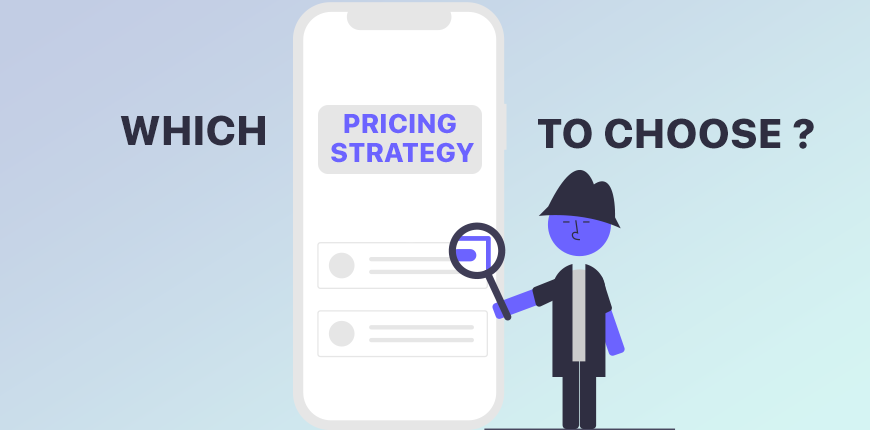
Clearly, you want your app to do big things in the market, gain revenue, improve brand reputation, make the mobile app development company known.
But, you keep asking yourself this one question:
Which is the best approach for your app?
Which pricing strategy should you pick?
Think about apps as any other product. The right price is the one that customers are willing to pay.
And that is not your only challenge?
You obviously want users to surf the app today, tomorrow, and the next week. They must keep going back to the app. And that is what you need to master.
The wrong price tag on the app could be a potential turn off for your users. They might even delete it later.
So, at the end of the day., you need to consider several factors before picking the right product pricing strategy.
To sum up, free or freemium works best to acquire a large user base.
On the contrary, paid and paymium works well when the app offers quality or engaging content.
What to consider while devising a product pricing strategy for your app?
Now that you know the different types of app pricing available., let’s dive right into how to decide which one works for your mobile app development process.

Human psychology and behavior:
Understand the user psyche and how much will they be willing to pay for such an app. You must ensure that the perceived value of your app should be greater than its price. A customer must feel that they’re paying the right amount for an app.
What the market offers:
You need to know what the market is willing to pay. For that, test your app at different price levels and study the market response.
Build an app that your users are looking for:
An app should address user concerns and must solve their problems. Build an app with stellar features, easy updates, timely notifications, and engaging content.
Study your competitors:
If your app idea is like no other product in the market, you don’t need this step!
But if it is not, you need to study the competitive landscape before proceeding to mobile app development. You can maybe launch an app at a lower price than your competition and take leverage in it.
A multi-platform and robust marketing strategy:
You need to put your app in front of wherever you can find users. Since social media offers a promising potential, you can start from there. The idea of this step is to indulge in maximum customer acquisition.
Affordability:
Your app should be affordable by your niche. It is only fair for you to price the app at a value that invites maximum users to try it.
Conclusion
The app market is on a constant boom with no signs of stopping or slowing down.
So, as a mobile app development company, it becomes more challenging to break the market and carve your way.
Keeping up with the trends, user expectations, and user needs is one way to ensure earning maximum recognition from your app.
As far as the pricing strategy is concerned, it should reflect the value of an app and meet the market expectations.
Follow an innovative mobile app development strategy, and other things will follow.
Featured Articles
Understanding Python Development Services And Their Role In Building Next-gen Enterprise Applications
From being awarded the best programming language for development to replacing the stardom held previously by Java., Python has made enormous stride ..
Latest Articles

How to Build Effective and Scalable Web Applications – The Best Practices
A big part of any web application development is its capacity to scale in the later growth stages. Irrespective of the p .. Read More
By | Oct 22, 2021

How Artificial Intelligence in Mobile Banking is a Game-Changer?
Let’s start this discussion with a simple question, how many of you still stand in queues outside banks just to get ge .. Read More
By | Oct 14, 2021

Utility mobile application development role in the digital transformation
What is utility mobile application development and why it matters?At this point, mobile applications have become an inal .. Read More
By | Oct 11, 2021

How to build a successful and agile offshore development team?
As a global trend, outsourced software development holds a market size of $92.5 billion, and a significant chunk of .. Read More
By | Sep 30, 2021
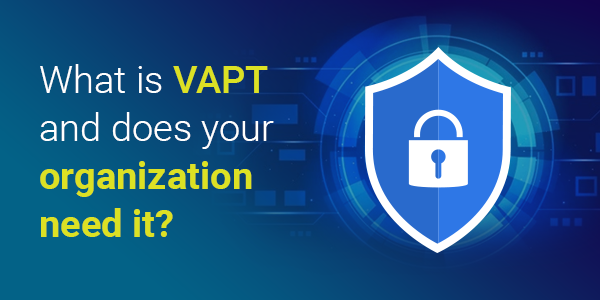
What is VAPT and does your organization need it?
What is VAPT and does your organization need it? To no one's wonder, there is a flood of applications and softwar .. Read More
By | Sep 08, 2021
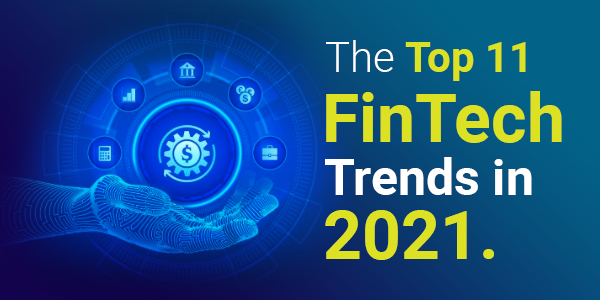
The top 11 FinTech trends to achieve digital transformation
The top 11 FinTech trends to achieve digital transformation Similar to other industrial verticals heavily impacte .. Read More
By | Sep 08, 2021
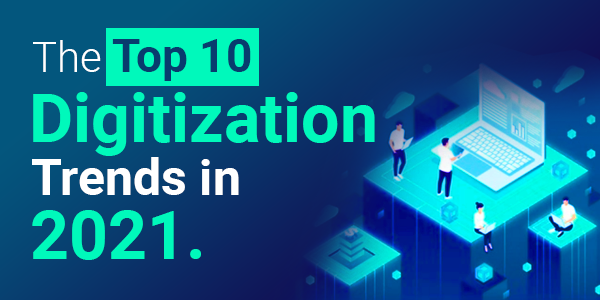
The Next Normal: The Top 10 digitization trends for enterprises in 2021 and beyond
The Next Normal: The Top 10 digitization trends for enterprises in 2021 and beyond Nobody knew where 2020 and 202 .. Read More
By Monu Kumar | Sep 07, 2021
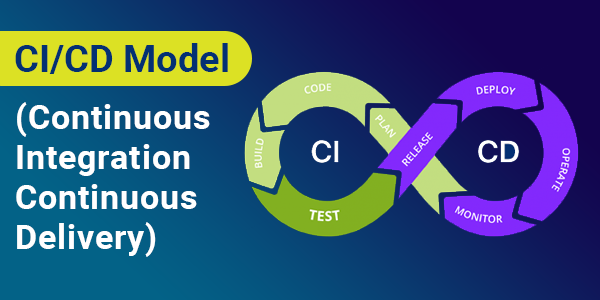
CI/CD Model: what and why it matters in software development
CI/CD Model: what and why it matters in software development There was a time when software development wa .. Read More
By | Jun 08, 2021

What Is Legacy Migration and Why to Consider It
What Is Legacy Migration and Why to Consider It? Software technologies and applications are on the road to an ine .. Read More
By Monu Kumar | May 25, 2021

What Makes CMMI Appraisal Necessary for Software Development Companies ?
What Makes CMMI Appraisal Necessary for Software Development Companies? During software development, your product .. Read More
By | May 10, 2021
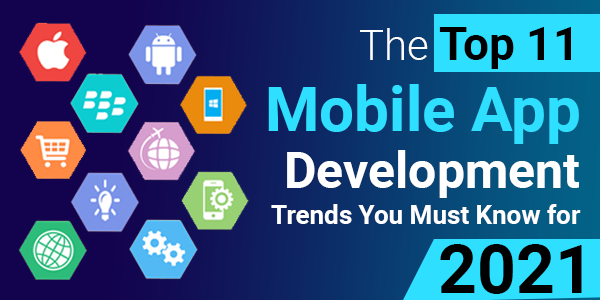
The Top 11 Mobile App Development Trends You Must Know for 2021
The Top 11 Mobile App Development Trends You Must Know for 2021 We all have so many expectations from 2021, don� .. Read More
By | May 04, 2021

2- Why to choose react native for mobile app development project?
React Native for mobile app development: Is it the right choice? For the 21st century, mobile phones are like sou .. Read More
By | May 04, 2021

How Digital Transformation Impacts Software Development Services
Digital Transformation and its impact on Software Development Lifecycle Today's industrial landscape ta .. Read More
By Monu Kumar | May 03, 2021
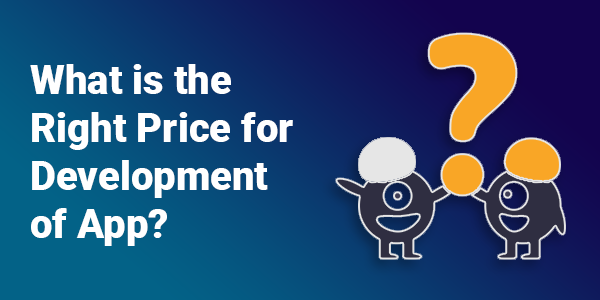
What is the right price for developing a mobile app?
What is the price to develop an iPhone app? Or rather, how much does mobile app development cost? Well, Kudos to you bec .. Read More
By Monu Kumar | Apr 07, 2021

Should I use Flutter for my next Mobile App Development project?
So, what was the mobile app development story before Flutter? Let's consider mobile application develo .. Read More
By Monu Kumar | Mar 17, 2021
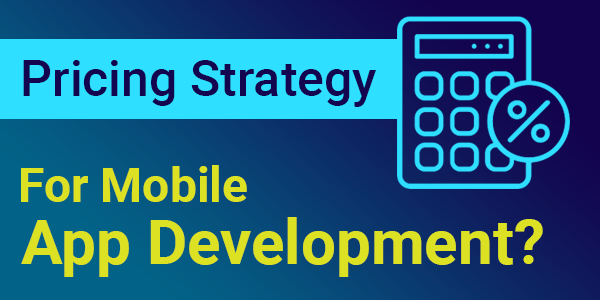
Is there any right pricing strategy for mobile app development?
No phrase can appropriately describe the accelerating mobile app development market! Definitely, it is on a consistent b .. Read More
By | Feb 22, 2021
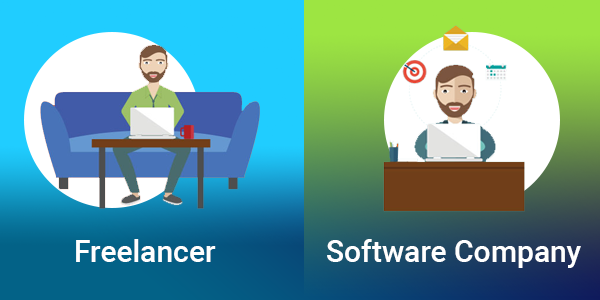
Mobile App Development: Freelancer or a Software Development Company
So, you’ve decided to build software, and now you’re faced with the debatable and inevitable question: software dev .. Read More
By Monu Kumar | Jan 21, 2021
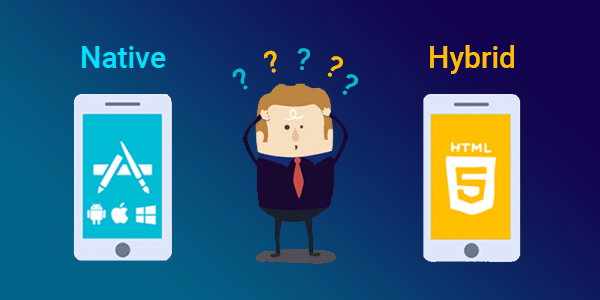
Hybrid Mobile App Vs. Native Mobile App… Am I Making A Right Choice?
This seems to be a million-dollar question when it comes for making a choice between hybrid mobile app or native mobile .. Read More
By | Jan 11, 2021

5 trends that will be influencing mobile app development in 2019
We live in a smartphone-driven world and mobile apps are now an integral part of our lives. From day-to-day commute to g .. Read More
By | Jun 11, 2019
